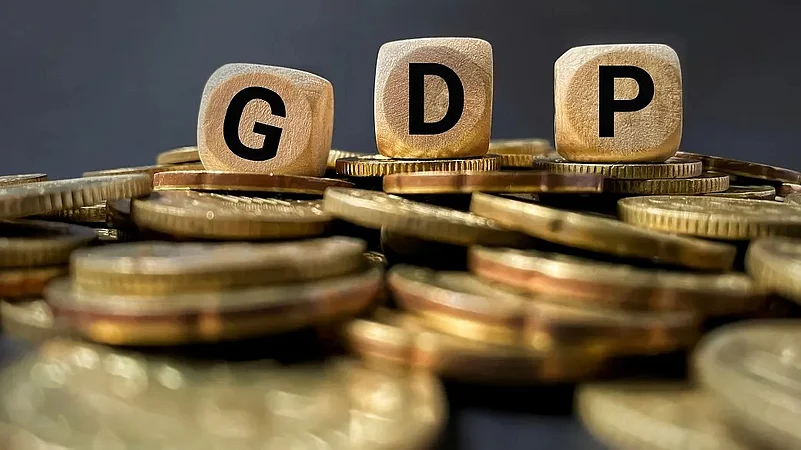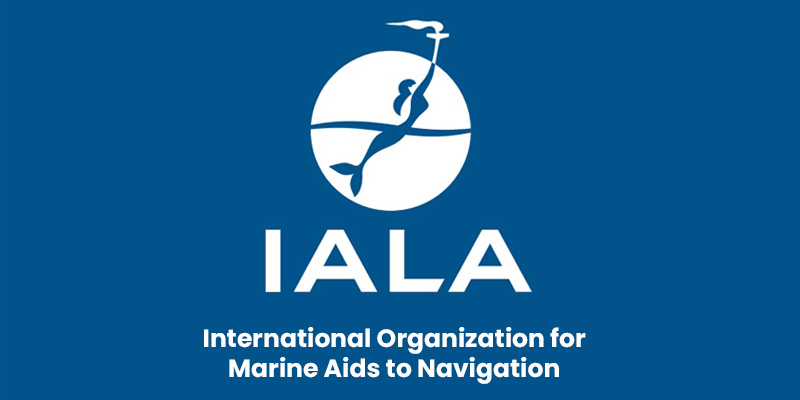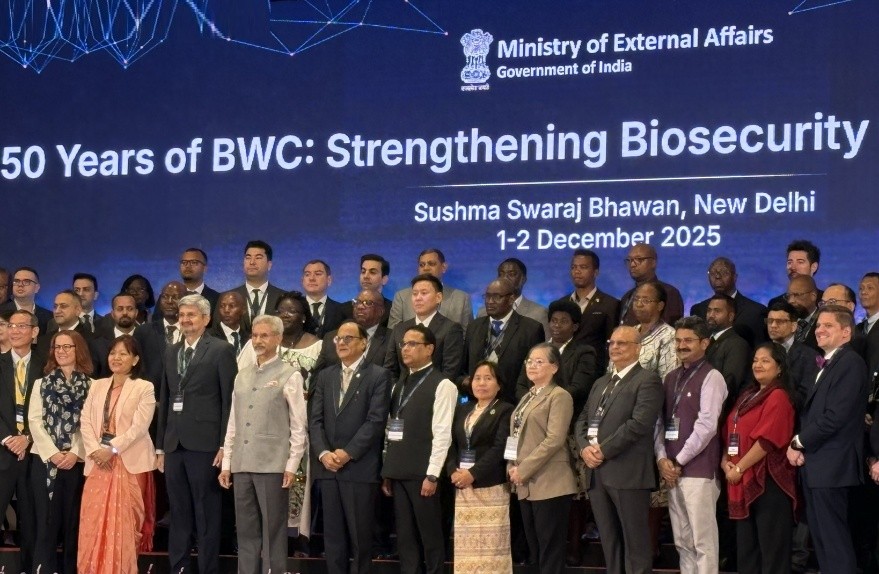Font size:
Print
NITI Aayog Report on Strategy for the Development of Seaweed
Context:
Recently, NITI Aayog submitted the report on Strategy for the development of Seaweed Value Chain.
Overview of the Report:
- The report aims to be a milestone in developing the seaweed sector, with the goal of realising its full potential by 2047.
- The strategy document outlines a plan to develop the seaweed value chain in India, potentially increasing the income of over 5 million coastal fishermen and aiding in carbon capture to achieve net zero carbon emissions by 2070.
- NITI Aayog is promoting cooperative federalism through state engagements, incorporating feedback from maritime states and suggesting the establishment of Centers of Excellence in each coastal state.
- These Centers of Excellence will support growth through marketing, product development, skill development, seedling availability, incubation, monitoring, and disease management.
- The strategy seeks to develop a shared national understanding of the challenges and opportunities in the seaweed sector and provide a common starting point for stakeholders.

What are Seaweeds?
- Seaweeds are macroscopic algae growing in marine and shallow coastal waters, as well as on rocky shores.
- They are considered “wonder plants of the sea” and are a renewable source of food, energy, chemicals, and medicines.
- They are known as the “Medical Food of the 21st Century”.
- Seaweeds, including green (Chlorophyta), brown (Phaeophyta), and red (Rhodophyta) types, are marine plants and macroalgae thriving in various aquatic environments.
- They are valued for bioactive metabolites, manure, fodder, and cell wall polysaccharides like agar, algin, and carrageenan.
- Seaweed cultivation offers several benefits: Water efficiency, High nutrient density, Creation of biofuels, Applications in pharmaceuticals, cosmetics & agriculture.
- Seaweed has ecological benefits, such as carbon sequestration.
- Kappaphycus alvarezii seaweed extract can reduce greenhouse gas emissions in sugarcane cultivation by supplementing synthetic fertiliser inputs.
Challenges Addressed:
- India faces challenges like lack of awareness, research, and a comprehensive policy framework.
- A strategy document addresses: Environmental concerns, Economic feasibility, Identification of suitable cultivation sites, On-shore and off-shore cultivation methods, Best practices in cultivation, governance, product development, and harvesting
Recommendations:
- Regulatory and Governance: Amend rules to include seaweed cultivation and develop standards for its products.
- Form a National Steering Committee and committees for seed import and certification. Include seaweed in Priority Sector Lending (PSL).
- Social Security and Financial Support: Provide insurance for seaweed crops and farmers. Expand financial support and mobilise farmers through SHGs and FFPOs.
- Incentivising Investments and Ease of Doing Business: Include seaweed in e-NAM and agriculture mandis.
- Infrastructure and Institutions: Establish seed banks, processing centres, and marketing hubs. Set up Centres of Excellence (CoE) for seaweed support.
- Skill Development and Research: Offer training courses and research new seaweed-based products and carbon credits.
|
India’s Seaweed Potential:
|



